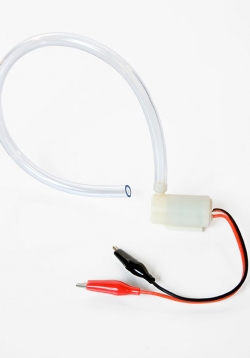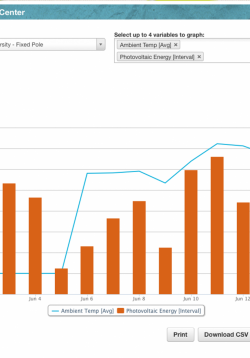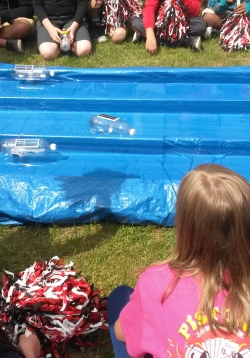Cost Effective Solar Cells: Copper Oxide Cell Data Sharing
This lesson is designed to be completed in one 40-minute section. The teacher will facilitate the sharing of student solar cell data from indoor and outdoor testing through a gallery walk session. Variables such as lighting, photovoltaic effect, copper...





